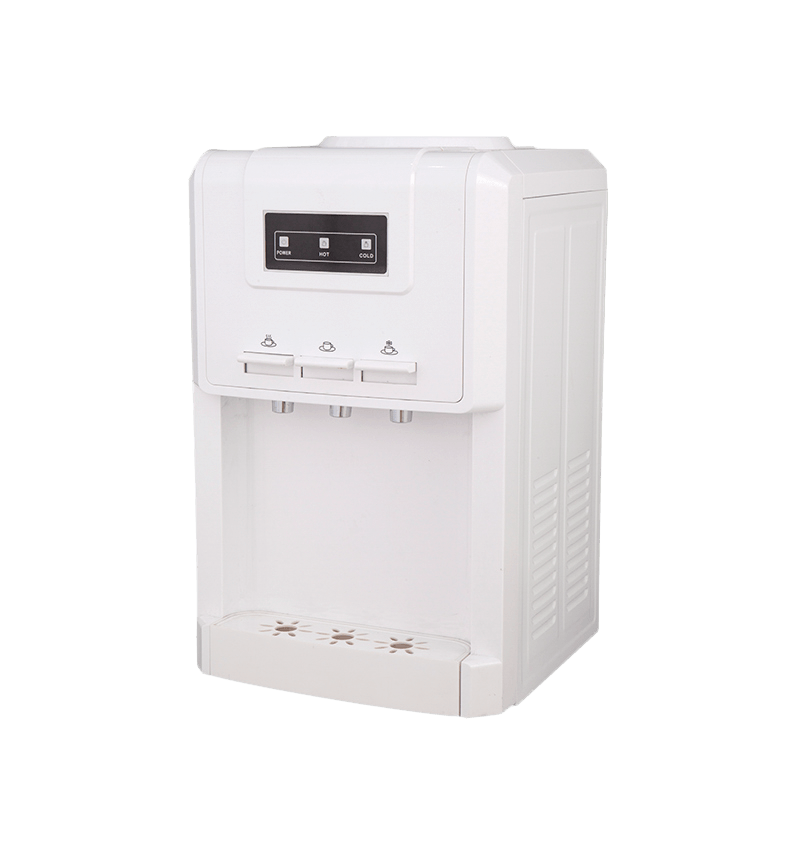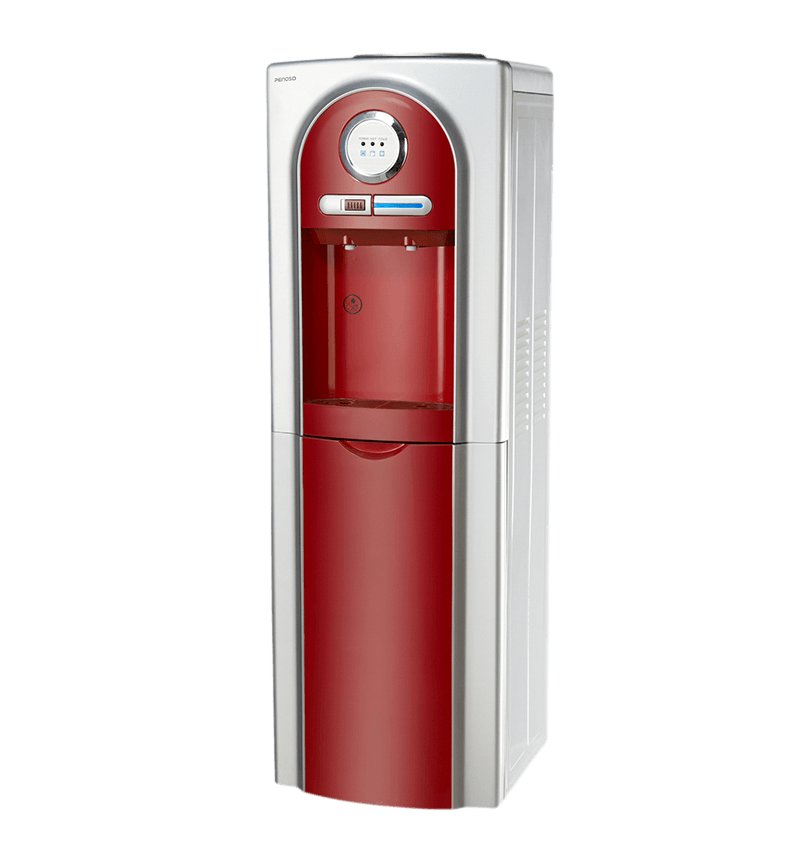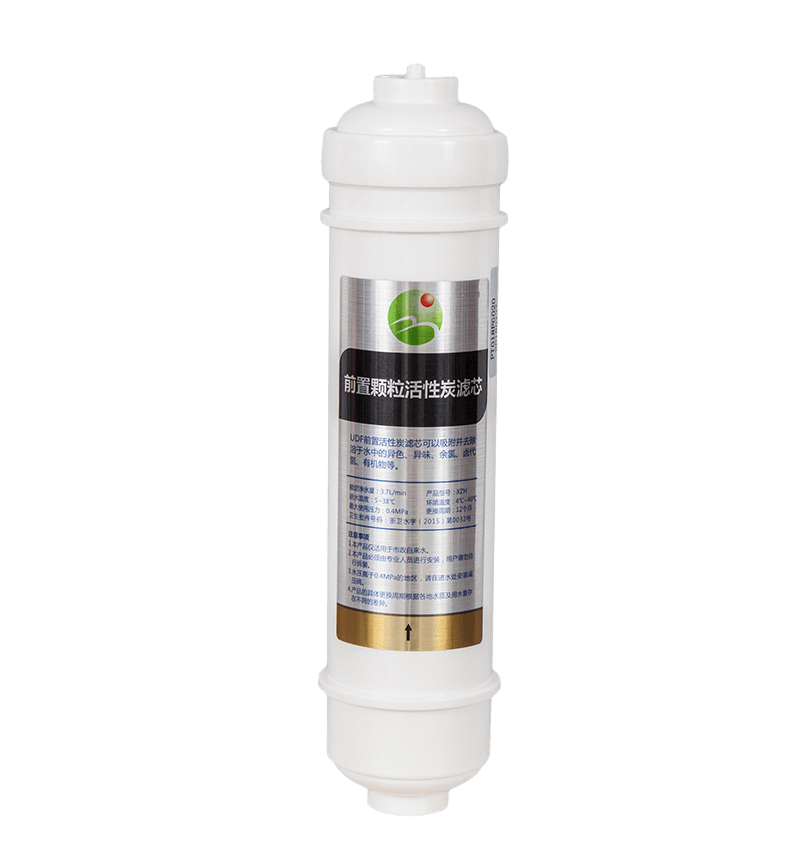Regularly clean the exterior and interior of the water dispenser
Over extended use, the exterior, outlet, drain pan, and internal piping of bottled loading water dispensers can accumulate dust, impurities, or scale, creating a breeding ground for bacteria. To reduce the risk of bacteria, users should clean the dispenser regularly. The exterior can be wiped with a clean, damp cloth, avoiding the use of corrosive detergents. The interior should be rinsed with a food-grade cleaning solution or disinfectant, diluted according to the instructions, ensuring that all cleaning fluid is completely removed. When cleaning the interior, focus on the water pipes and heating pipes, as the temperature and humidity in these areas are more conducive to microbial growth. Regular cleaning not only extends the life of the dispenser but also reduces the possibility of water contamination.
Control The Temperature And Humidity of The Water Dispenser's Operating Environment
The environment in which the dispenser is placed has a significant impact on bacterial growth. High temperatures, high humidity, and poor ventilation accelerate the growth of microorganisms. Therefore, it is recommended that the dispenser be placed in a cool, dry, and well-ventilated location, away from direct sunlight and the long-term effects of humid air. In addition, maintain a clean area around the water dispenser, avoiding close proximity to trash cans, kitchen fumes, or other potentially contaminating objects. Maintaining good environmental conditions can reduce the risk of bacterial growth at the source, ensuring drinking water safety.
Choose a High-Quality Bottled Loading Water Source
The quality of bottled loading water directly determines the rate of bacterial growth within the dispenser. If the water source itself contains a high concentration of bacteria or impurities, even a properly cleaned dispenser cannot completely prevent bacterial growth. Therefore, users should choose a reputable bottled loading water supplier and carefully check the production date and seal status. Bottled loading water should be consumed as soon as possible after opening, preferably within a week, to prevent prolonged storage and the buildup of bacteria. When replacing bottled loading water, avoid contact between the bottle mouth and dust and dirt from the dispenser's exterior.
Shorten The Storage And Use Time Of Bottled Loading Water
If bottled loading water is exposed to adverse conditions during transportation and storage, bacteria may gradually grow inside the bottle. Therefore, it is recommended that users install the bottled loading water dispenser as soon as possible after purchase and consume it within a reasonable time. Especially during the hot summer months, when the water temperature inside a water dispenser is high, bacteria multiply more rapidly, and the usage cycle should be shortened. It's recommended to clean the interior of a water dispenser after it has not been used for a long time to prevent residual water from affecting health.

Regularly Replace or Clean The Water Outlet Components
The outlet and surrounding components are the parts of the water dispenser most exposed to the outside air and hands, making them susceptible to contamination by dust, dander, and airborne microorganisms. If left uncleaned for a long time, bacteria can enter the internal water path through the outlet, contaminating the entire container of water. Therefore, components such as the faucet, water tray, and filter should be regularly disassembled and cleaned, and disinfected as necessary. Care should be taken to avoid damaging the components during cleaning, and upon reinstallation, ensure they are properly positioned and properly sealed.
Properly Use The Heating And Cooling Functions
The heating and cooling functions of a water dispenser not only regulate water temperature but also affect the rate of bacterial growth to a certain extent. The heating function raises the water temperature to a level sufficient to kill some bacteria, while the cooling function slows bacterial growth. Users can adjust these functions appropriately based on the season and drinking needs. For example, they can activate cooling appropriately in the summer and use heated water more often in the winter. Furthermore, when the water dispenser is not in use for an extended period, the cooling and heating functions can be turned off and a thorough cleaning can be performed before resuming use.
Use Food-Grade Disinfection Methods
During water dispenser maintenance, food-grade disinfection methods can be used to reduce bacterial risks. Common methods include diluted food-grade hydrogen peroxide, ozone water, or chlorine-containing disinfectant tablets. When used correctly, these methods effectively kill bacteria and reduce the risk of harm to the human body. After disinfection, be sure to rinse thoroughly with clean water to ensure that any residual disinfectant is completely removed to avoid compromising drinking safety. Regular disinfection can supplement routine cleaning, especially during hot weather or when water quality changes significantly.
Establish a Water Dispenser Cleaning and Disinfection Plan
To ensure that the water dispenser is always in a sanitary condition, users can develop a detailed cleaning and disinfection plan that documents the cleaning frequency, tools, and methods used, and execute it accordingly. This applies not only to homes but is even more important in public spaces like offices and schools, where water dispensers are frequently used and can harbor bacteria more quickly. Planned management can reduce cleaning omissions and facilitate tracking of maintenance records, thereby better ensuring drinking water safety.
Prevent Water Dispensers From Being Left Idle For Extended Periods of Time
If a water dispenser is unused for extended periods, such as during travel or when the office is unused, the residual water inside can create a breeding ground for bacteria due to lack of flow. In this case, the dispenser should be completely drained and thoroughly cleaned and disinfected before use. Upon re-use, the internal water path and outlet should also be cleaned to ensure water quality. Preventing water accumulation and contamination during periods of inactivity can effectively reduce bacterial risks.



 English
English عربى
عربى Português
Português Español
Español








